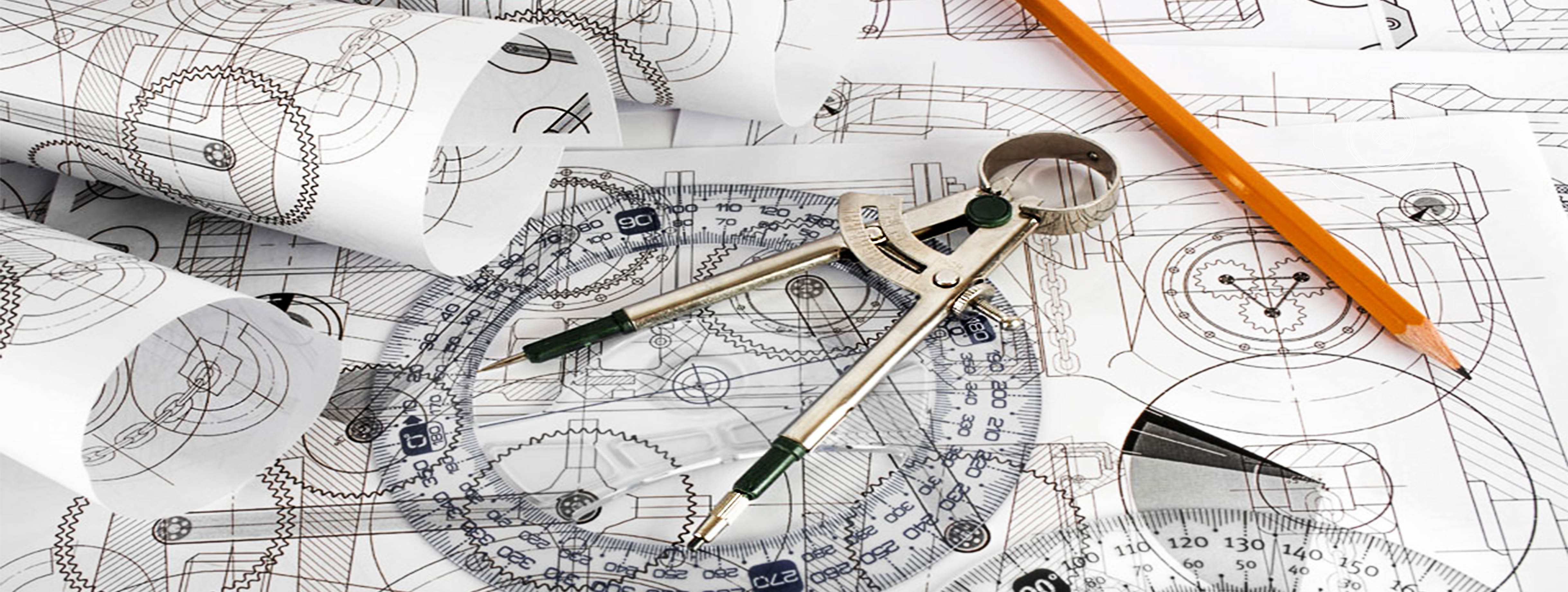

What is RFI?
A: Radio Frequency Interference (RFI) or electrical "noise" is caused by ignition systems, alternators, wiper motors, etc., but the
ignition system causes the strongest "noises" and they include a wide range of frequencies. This noise can cause interference
with the operation of radios, electronic components, fuel injection systems, depth finders, and other sensitive electronic equipment.
Resistor plugs, wires and spark plug caps are used as a RFI suppression system to reduce this noise.
Are Torch wires 8 mm?
A: Torch wires are manufactured to the specific dimensions of OEM wires. Most Torch wires are 7mm, while Toyota applications are
5mm where applicable. Most 8mm wires in the aftermarket are merely providing additional insulation, and do not increase the electrical
capabilities of the ignition system.
Are Torch wire sets universal?
A: Torch wire sets are custom manufactured to the exact dimensions of the application. There are no universal sets. Additionally, each
individual Torch wire is labeled for the particular cylinder number for virtually fool-proof installation.
What is a variable pitch wire?
A: Torch uses a variable pitch wire to create the resistance necessary to filter RFI created by an operating ignition system. The variable
pitch system alternates tightly wound and loosely wound copper wire around the center of the plug wire to create a magnetic field,
creating the necessary resistance with a fraction of the impedance found in a solid carbon core type wire set.
Technical Overview
|
Ignition cables - mode of function cable to the spark plug. In
order to make sure that this works, these cables must meet a number of requirements. variations is the most important prerequisite high-grade ignition cables must feature. And this consistently, reliably, and long-term, working in the most adverse conditions. |
|
|
|
|
Resistance - not a contradiction (Fig. 2), and ignition cable with reactance (Fig. 3), one will notice that resistors are being used. In principle, low-loss transmission with low resistance is desired. A look into electrical physics shows that this is no contradiction. As we know, all electrically operated units produce more or less strong electro-magnetic fields which in most cases do not cause any problems, but are undesirable in certain circumstances (interference with radio reception) or maybe cause danger, by creating electronic smog. The ignition system, therefore, requires an optimum of short-distance interference suppression in order to ensure trouble- free operation of radio, communication electronics, and engine and gear unit control systems. Simplified, this could be explained as follows: Basically, the ignition system consists of a coil and a capacitor, also called a resonating circuit in electric engineering. These electric oscillations are reduced by suppression resistors (mostly 1-5 kOhm) integrated into the ignition circuit. These ensure trouble-free functioning of the various devices, what is generally called electro-magnetic compatibility (EMC). The behaviour of ignition cables with reactance (Fig. 3) is different, in so far as the resistance depends on ignition frequency (engine speed). In this case a higher resistance develops with higher speed because of the wire coil (inductive reactance).
used are so dimensioned that they can be neglected. But it is a fact that the cable systems offered by Torch in original equipment quality provide best interference suppression combined with optimum ignition performance. Safely, consistently, and economically, over long periods of time. |